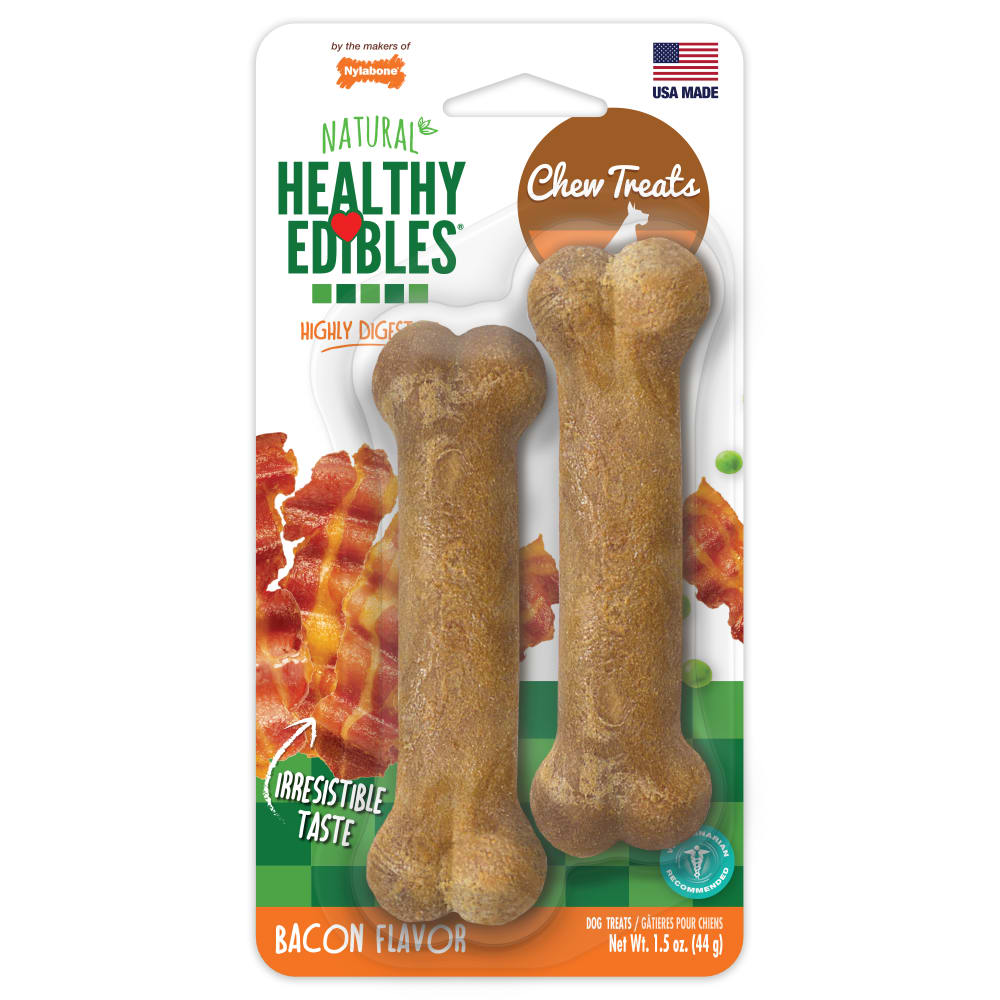Basset Hound Dog Breed
Country of Origin: Great Britain
Height: 13–15 inches
Weight: 50–70 pounds
Coat: Hard, smooth, short, dense
Colors: Generally tricolor (black, white, tan) or bicolor (lemon, white), but any hound color acceptable
Registries (With Group): AKC (Hound); UKC (Scenthound)
Origin and History
The Basset is a hunting dog from antiquity, developed from other French hunting hounds, with a definite contribution from the Bloodhound. These scenthounds were developed to stand low to the ground in order to hunt game such as rabbits, foxes, squirrels, and pheasants in heavy ground cover. While his ancestry may be French, the Basset Hound was developed to individual perfection in England. In 1866, Lord Galway of England imported two Basset Normands, and the litter they produced was crossed with further imports from Normandy. Soon after, importation stopped and the English version of the Basset developed on its own. The Basset Hound became popular in the late 1800s, and his characteristic low, long body, droopy ears, and sad expression won him admirers from all over Europe. His capable but relatively slow hunting speed suited Americans just fine, and by 1885, he was recognized by the American Kennel Club (AKC). He has remained one of the most popular breeds in the United States and around the world.
Personality Profile
The Basset is always friend, never foe. He is sweet, gentle, kind, naturally well behaved, and devoted. Though he thrives on finding and tracking scents, he is not so single-minded that he forgets where he is or who he's with (although he can be stubborn). He may appear to waddle as he moves, but he is not clumsy.
Care Requirements
Exercise
The Basset is content to take short strolls that occupy his nose more than the rest of his body. He isn't interested in getting anywhere particularly quickly, but if requested or required, he has significant stamina.
Grooming
While his coat is easy to care for, his skin is less so. Because it is elastic and somewhat baggy, debris can become trapped in the folds. If left untended, it can aggravate the skin and lead to abrasion and infection. Also, the Basset's ears are highly prone to infection, as their length and weight keep air from getting to the canal. The loose skin around his eyes can also attract debris that is potentially harmful. Bassets need a thorough going-over several times a week.
Life Span
The average life span of the Basset Hound is 10 to 12 years.
Training
Bassets can be stubborn and may need some extra time learning basic training. Owners shouldn't expect Golden Retriever–like responses from a Basset, but as a devoted companion, he is interested in pleasing his owner. Bassets are highly food motivated, and training that seems like fun and involves rewards is right up his alley.
Find a Nylabone chew, treat, or toy for your Basset Hound or large dog by using our Custom Product Finder!
FOLLOW US!






